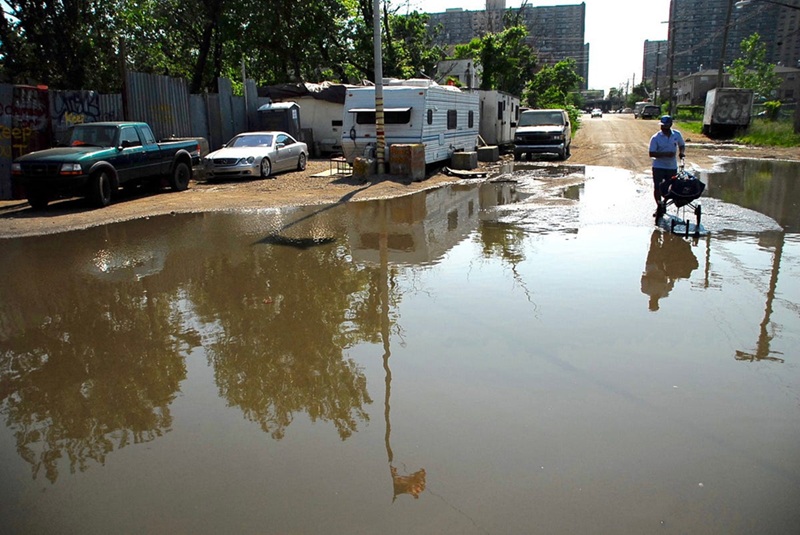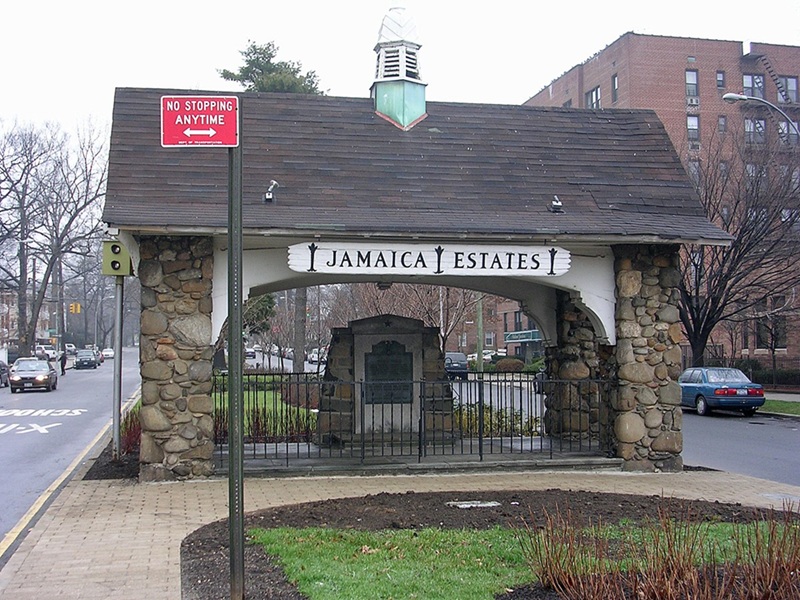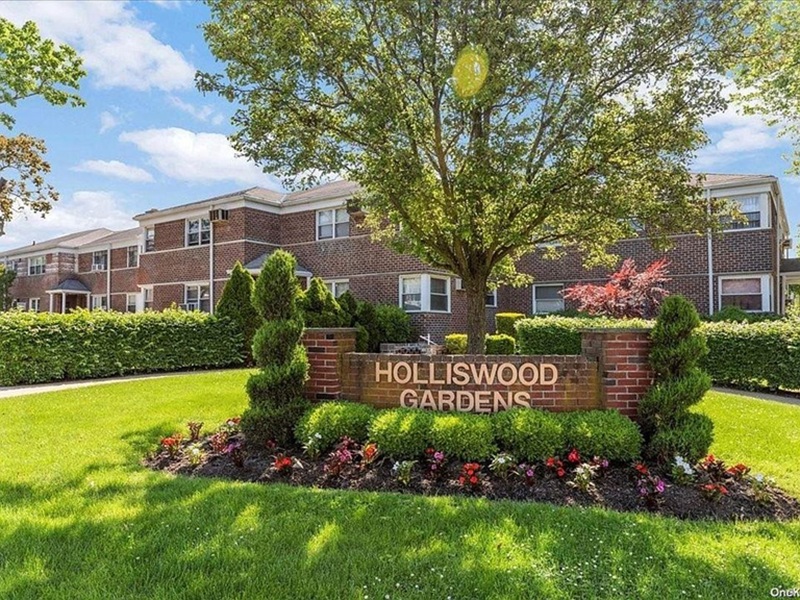
Nestled in the heart of Queens, New York City, The Hole is a neighborhood often overlooked by outsiders but filled with rich history and potential. While the area is not as well-known as other parts of Queens, The Hole has a story rooted in the city’s industrial past and is now experiencing change and revitalization.
Location and Origins
The Hole is a somewhat informal term used to describe a small section of the larger Long Island City area. Historically, it referred to the industrial zone in the 19th and early 20th centuries, which was dominated by factories, warehouses, and heavy industry. While not an official neighborhood name, the term “The Hole” gained traction due to the area’s rough and industrial character. Its proximity to major transportation hubs, including the Long Island Rail Road (LIRR) and East River, helped it thrive as a center for manufacturing, shipping, and trade.
Historical Significance
The Hole’s legacy is tied to the evolution of Queens and its transformation from an industrial hub to a more diverse, mixed-use community. In the mid-20th century, the neighborhood was part of the industrial boom that fueled the growth of New York City’s economy. As factories closed and the economy shifted away from manufacturing, The Hole experienced a decline, with many businesses leaving the area, and it became somewhat of a forgotten part of Queens for a while.
Despite its decline, The Hole played an important role in the development of surrounding neighborhoods. Its proximity to the Astoria waterfront, Long Island City, and Sunnyside meant it was always at the center of changes sweeping across Queens. Its location, with easy access to transportation and industry, also made it attractive for developers looking to repurpose older industrial spaces.
Modern-Day The Hole
Today, The Hole is undergoing a transformation, with significant redevelopment efforts breathing new life into the area. Its location near the vibrant neighborhoods of Astoria and Long Island City has made it a prime candidate for commercial and residential development. As real estate prices surge in nearby areas, more developers have turned their attention to The Hole, aiming to take advantage of the area’s accessibility and untapped potential.
Though still largely industrial in character, new mixed-use developments, art spaces, and small businesses are slowly taking root. The area’s proximity to the Queensboro Bridge and the expansive East River waterfront offers incredible potential for growth, and there is a growing interest in revitalizing the area for both residential and commercial purposes.
Challenges and Opportunities
One of the biggest challenges facing The Hole is the balancing act between preserving its industrial heritage and accommodating new development. Many of the older warehouses and factories are being repurposed for modern uses, such as art studios, tech companies, and creative industries, which are flourishing throughout nearby Long Island City. However, there’s a constant debate about how much of the area’s industrial character should be preserved, and how much should be replaced with high-rise apartments and office buildings.
With the ongoing gentrification of Long Island City, The Hole may see a similar trend, which brings both opportunities and concerns. The influx of new residents could bring about economic growth and more vibrant community life. However, there are also fears that the area could lose its unique industrial charm, and that rising rents might push out the working-class families and businesses that have historically defined the area.
Transportation and Connectivity
One of the key factors driving The Hole’s resurgence is its strong connectivity to the rest of New York City. The Long Island Rail Road and nearby subway lines, including the 7 Train, offer easy access to Midtown Manhattan and other parts of Queens. This makes The Hole an attractive place for people seeking to live or work in an area that’s close to the city, but not as congested or expensive as other neighborhoods like Astoria or LIC.
The area’s proximity to major roads, including the Queensboro Bridge, provides convenient access to the East River and other parts of the city. The combination of walkability, mass transit access, and proximity to major roads ensures that The Hole will continue to play a significant role in Queens’ development.
Future Outlook
The future of The Hole is closely tied to the broader evolution of Queens and New York City. As the borough continues to experience population growth, the demand for affordable and accessible housing is likely to drive further development in the area. New projects are already on the horizon, with some focusing on mixed-use developments, artistic spaces, and green initiatives to integrate the area’s industrial roots with modern living and working needs.
For now, The Hole remains a neighborhood in transition. Its future is still being shaped by developers, residents, and community leaders who are trying to find the right balance between preserving its history and welcoming the inevitable changes that come with growth.
Conclusion
While The Hole may not be a neighborhood that immediately stands out in the same way that Astoria or Long Island City do, it is a place of great potential and historical significance. Its role in the past as an industrial hub laid the groundwork for its current transformation, and its future looks promising as new development continues to emerge. Whether you’re interested in its industrial past, its role in the changing landscape of Queens, or the ongoing revitalization of the area, The Hole offers a fascinating glimpse into the constantly evolving nature of New York City’s neighborhoods.

